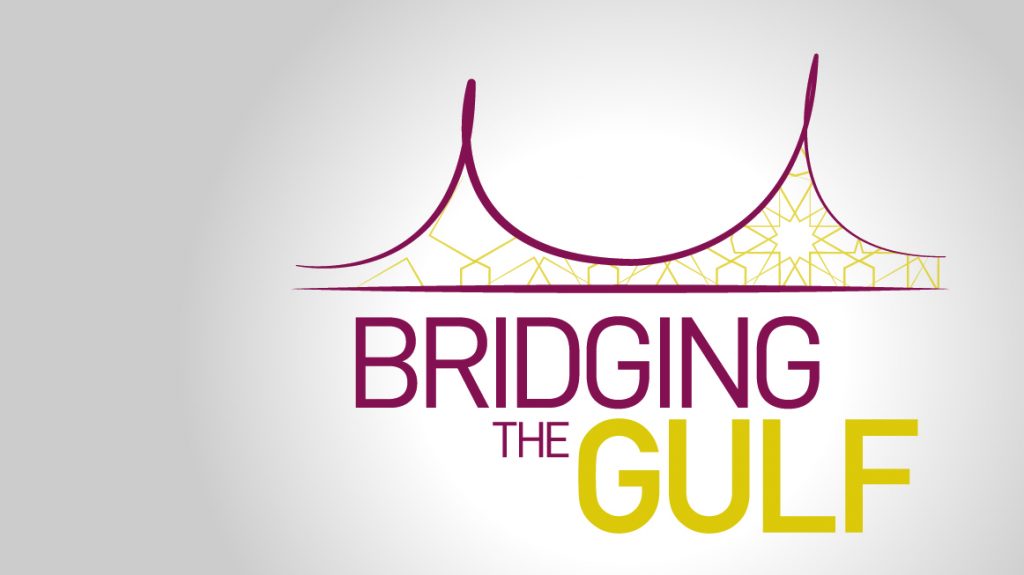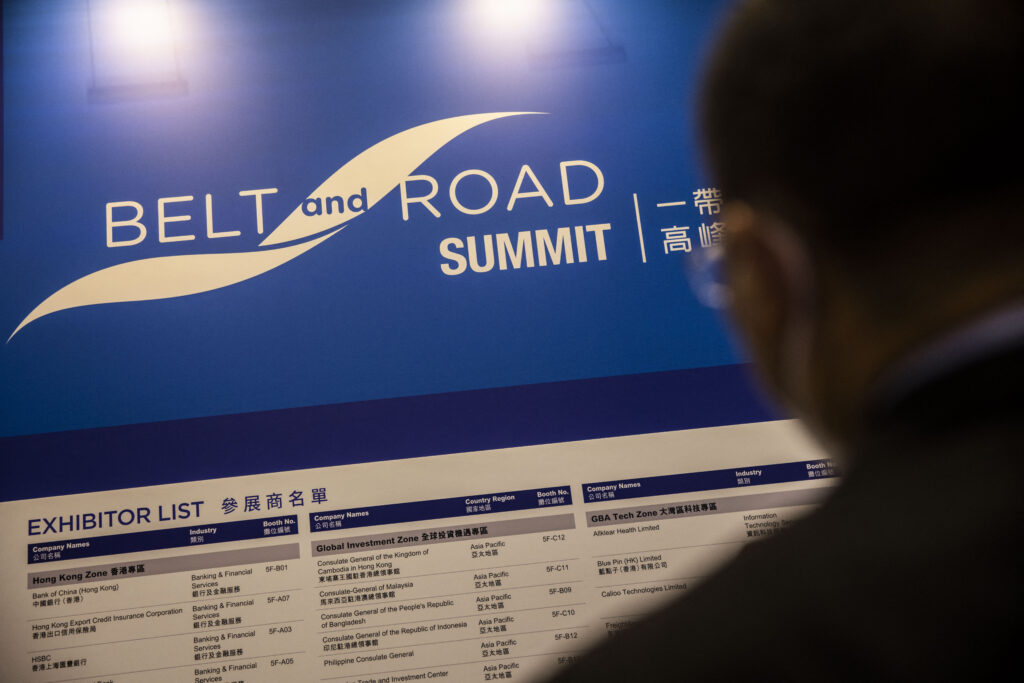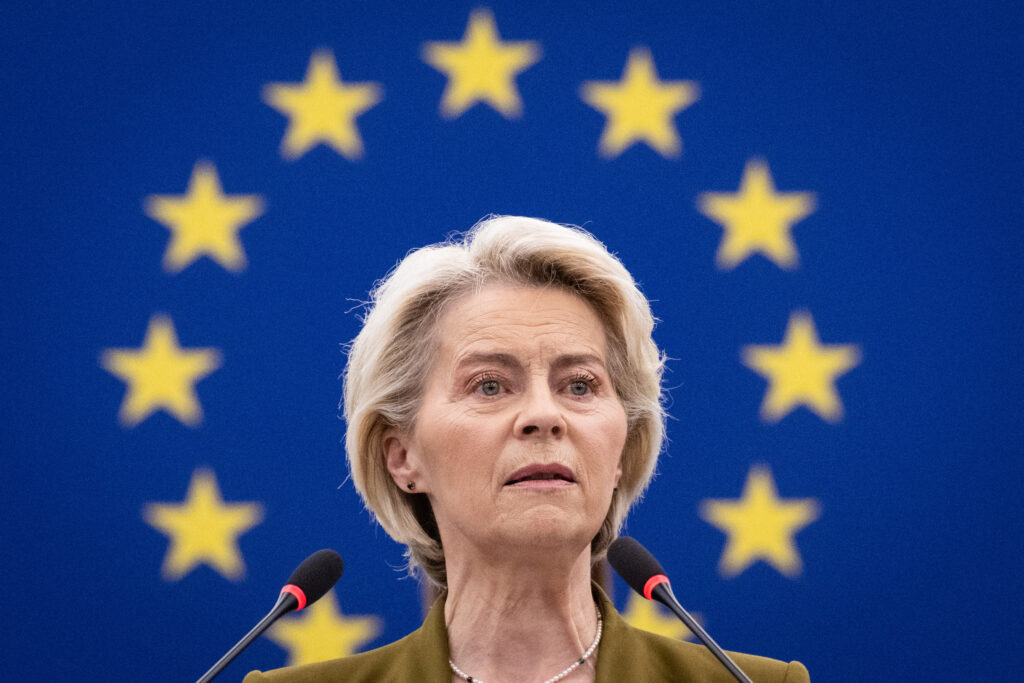Among the Gulf states, did you know that Oman possesses arguably the greatest amount of raw and scenic beauty? What makes Oman geographically critical is its control over a finger of land in the southern coast, called the Musandam Peninsula, which has allowed the sultanate to pursue an independent foreign policy straddling between its neighbours, Iran and Western governments. What makes the same peninsula intriguing is that you can watch racing dolphins, or quite simply, swim with them!
The Omani sultanate as we know today has a rich history comprising early Portuguese control, a Swahili ruling class (indicating East African ties) at one point and a period when the mountainous interior (under the Imamate) was distinguished from the coastal Sultanate of Muscat and Oman. Only as late as the 1960s did these two areas begin to be united politically. Under Sultan Qaboos, the modernisation of the Sultanate moved forward with purpose. However, the cost of it was a personalisation of rule but the benefits were tremendous social and economic transformations.
Let us uncover the Omani odyssey, its economic outlook under a new sultan and a bold project named the Oman Vision 2040.
Speakers: Dr Mohamed Saad Al Muqadam, Sultan Qaboos University and Dr Yousuf Hamed Al Balushi, Chief Economist of Oman Vision 2040
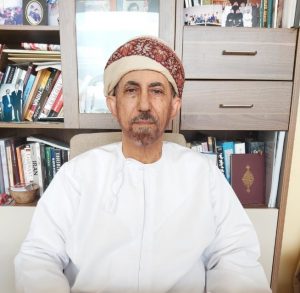 Dr Mohamed Saad Al Muqadam is an Assistant Professor of Oman modern history at Sultan Qaboos University and previously held several senior appointments at the College of Arts of Social Sciences including Assistant Dean for the college, Dean of Students Affairs and as Head of the Department of History. Dr Al Muqadam earned his PhD from the University of Exeter, where he began to dive into the relationship between Oman and Persia. Besides research interests in the sultanate’s history, he has also examined China-Oman relations in depth, among other bilateral relations.
Dr Mohamed Saad Al Muqadam is an Assistant Professor of Oman modern history at Sultan Qaboos University and previously held several senior appointments at the College of Arts of Social Sciences including Assistant Dean for the college, Dean of Students Affairs and as Head of the Department of History. Dr Al Muqadam earned his PhD from the University of Exeter, where he began to dive into the relationship between Oman and Persia. Besides research interests in the sultanate’s history, he has also examined China-Oman relations in depth, among other bilateral relations.
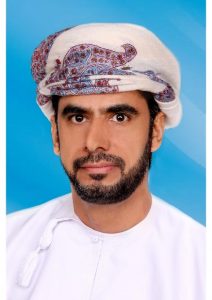 Dr Yousuf Hamed Al Balushi is the Chief Economist of the Oman Vision 2040 taskforce and is passionate about Oman’s development and investment potential. He has served as an advisor on foreign direct investment (FDI) to both Oman’s Supreme Council for Planning and to the International Monetary Fund (IMF). Dr Al Balushi holds a PhD from King’s College London where he explored the impact of FDI on the contribution of the private sector to Oman’s economic development. He has since published in different outlets, as author of the monograph Omani economy: globalization and the winds of change and as co-editor on a Palgrave MacMillan series covering economic diversification in the Gulf.
Dr Yousuf Hamed Al Balushi is the Chief Economist of the Oman Vision 2040 taskforce and is passionate about Oman’s development and investment potential. He has served as an advisor on foreign direct investment (FDI) to both Oman’s Supreme Council for Planning and to the International Monetary Fund (IMF). Dr Al Balushi holds a PhD from King’s College London where he explored the impact of FDI on the contribution of the private sector to Oman’s economic development. He has since published in different outlets, as author of the monograph Omani economy: globalization and the winds of change and as co-editor on a Palgrave MacMillan series covering economic diversification in the Gulf.
For the reading materials for this session, please click here.
Listen to the full event here:
Watch the full event here:
A summary of Session 5’s proceedings can be found below.
Bridging the Gulf Session 5: The Omani Odyssey
By Fauzan A Roslee, Research Associate, Middle East Institute, National University of Singapore
Introduction to the Sultanate of Oman
The host of this series, Dr Clemens Chay, began the session by introducing the geographical territories of the Sultanate of Oman. Dr Chay particularly mentioned the Musandam Peninsula which is a little finger of land under the control of the Sultanate, which is very strategic as it sits just next to the Strait of Hormuz. The Strait is an important shipping route as one-sixth of the world’s oil passes through it. Besides Musandam Peninsula’s significant relationship with the transportation of oil around the world, it is also known for its scenic natural landscapes and biodiversity – arguably among the best in the Gulf region.
Dr Chay also mentioned another place that is worth visiting in Oman which is Salalah, a city in the south of the Sultanate. It boasts breathtaking natural wonders alongside a beautiful scenery of the fishing port. Today, the city is also known for conservation efforts to preserve its natural and historical landscapes. These two areas, in addition to the capital city Muscat, are worth exploring as they offer rich experiences of Oman’s natural and historical heritage.
Dr Chay pointed out that Oman has a multi-ethnic history and culture. The Sultanate also has a history of Omanis integrating the coast, which surrounds much of the country, with the desert and this is evidenced through Oman’s traditional music. For instance, the raz-ha dance is traditionally performed before, after or even during tribal wars. In the coastal areas of Oman, the same dance is performed while preparing for voyages at sea. Besides that, Omani culture also has influences from external sources such as the African maidan dance.
The History of Oman
Dr Mohamed Saad Al Muqadam began his presentation by reiterating that the best way to understand Oman’s history is to study its strategic location, its tribal structure and the concept of Ibadism. These three themes are the integral elements of Omani society and history. In terms of its strategic location, Oman is surrounded by different civilisations – ancient Iraq, Yemen, Persia and India – from which it has benefited. Furthermore, Oman is also located along the rim of the Indian Ocean which makes it an important point in the sea route.
Dr Al Muqadam then specified Oman’s history during the Islamic period, where Oman has been continuously challenged by the Umayyad and Abbasid dynasties due to the practice of Ibadism. Besides that, Oman was also the first Arab country in the Gulf to face the probation of a European power – the Portuguese back in 1507. This is because the Portuguese wanted to gain control of the trade route along the Indian Ocean which resulted in its occupation of places like Macau and Malacca. However, in the 17th century, the Ya’rubid Imamate or dynasty seized Muscat from the Portuguese and was able to regain control of the Indian Ocean as well as gain new territories in East Africa. Subsequently, Oman became a strong nation with an impressive naval fleet that has helped it forge special relationships with other trading posts like Canton and Singapore.
By the 19th century, Oman emerged as a commercial empire spanning from Mozambique to the borders of the Arabian Gulf and the Indian Ocean. However, at the beginning of the 20th century, Oman was officially divided into two distinct territories: the coastal areas to be ruled by the Sultan while the interior areas ruled by the Imam as per the Ibadi tradition. That period also saw the discovery of oil across the Middle East, including in Oman. As the oil fields were found in the interior areas, a war erupted between the Sultan and the Imam. This political trauma stunted Oman’s development until the rise of Sultan Qaboos Bin Said in 1970, who united the country and swiftly modernised it using oil revenues.
Dr Al Muqadam further detailed that under Sultan Qaboos who had ruled Oman from 1970 to 2020, the country took a neutral stance on many issues. This accorded Oman the trust of the US and other countries in the Middle East and allowed it to become a mediator in international crises. It also maintained Oman’s peace and stability and avoided any confrontation with other countries.
Oman’s Economic Vision
Dr Yousuf Hamed Al Balushi began his presentation by outlining the progress Oman has made in economic diversification over the years, through three periods: first, during Oman’s modern renaissance in the 1970s; second, 1995 towards Oman’s Vision 2020; third, beginning 2021 towards Vision 2040.
In the first period, Oman made tremendous progress by strengthening its economy through the establishment of agricultural and fishing industries, instead of just relying on imported food sources. With the oil boom, Oman developed a robust infrastructure project which modernised the country, attracted more foreign investments and provided locals access to education and employment. This continued into the second period, as Oman strengthened its human and capital development. However, the oil revenue that Oman has heavily relied on for the last few decades has come under threat in recent years due to the pressures of supply and demand. As such, the third period of Oman’s economic plan is targeted towards diversification and placing less emphasis on oil revenue to drive its economy.
Dr Al Balushi also explained that as oil revenue goes into the government’s coffers, it is being spent in two ways: first, on civil service salaries and subsidies; and second, on infrastructure development such as roads and hospitals. Unfortunately, Oman relies on imports heavily to fulfil its demands in goods, services as well as labour. This has resulted in a relatively weak economy as Oman does not have a strong manufacturing, agricultural or even service industry. There is also economic leakage as a lot of Omanis spend on medical treatments and education abroad. In essence, the Oman Vision 2040 seeks to address these issues, attract more foreign direct investment and build upstream and downstream industries.
Another issue that Oman faces is with the private sector which relies heavily on government support. This has resulted in monopolistic practices and a mismatch between skilled labour and market needs. Presently, the labour market remains distorted and needs a lot of work to maximise its efficiency and productivity and it is mainly due to reliance on imported cheap low-skilled labourers who do not add much value to the overall economy. Additionally, there is also a mismatch between the skills taught and the skills demanded by the labour market that needs to be corrected in order to increase Omani employment and raise women’s participation in the workforce. The government is also working to attract and retain the best foreign talents to ensure transfer of their skills and knowledge to Omanis. Dr Al Balushi asserted that Vision 2040 aims to enhance these plans and move from a government-driven model to a business-driven one which gives preference to the private sector to play a more significant role in building a sustainable economy.
Besides economic diversification and creation of jobs, Vision 2040 also seeks to boost Oman’s competitiveness in production of goods and services and become a key player in the region. Beyond that, Oman also plans to invest in social development to mitigate regional inequalities as the lack of adequate social safety nets have reduced the standard of living for many people.
In order to achieve Vision 2040, Dr Al Balushi specified that Oman needs to formulate clear plans and welcome participation from the wider Omani society, which would encourage the development of local expertise. Those plans should also encapsulate the social and economic realities without losing sight of future trends and ensure accountability in meeting the intended objectives.

